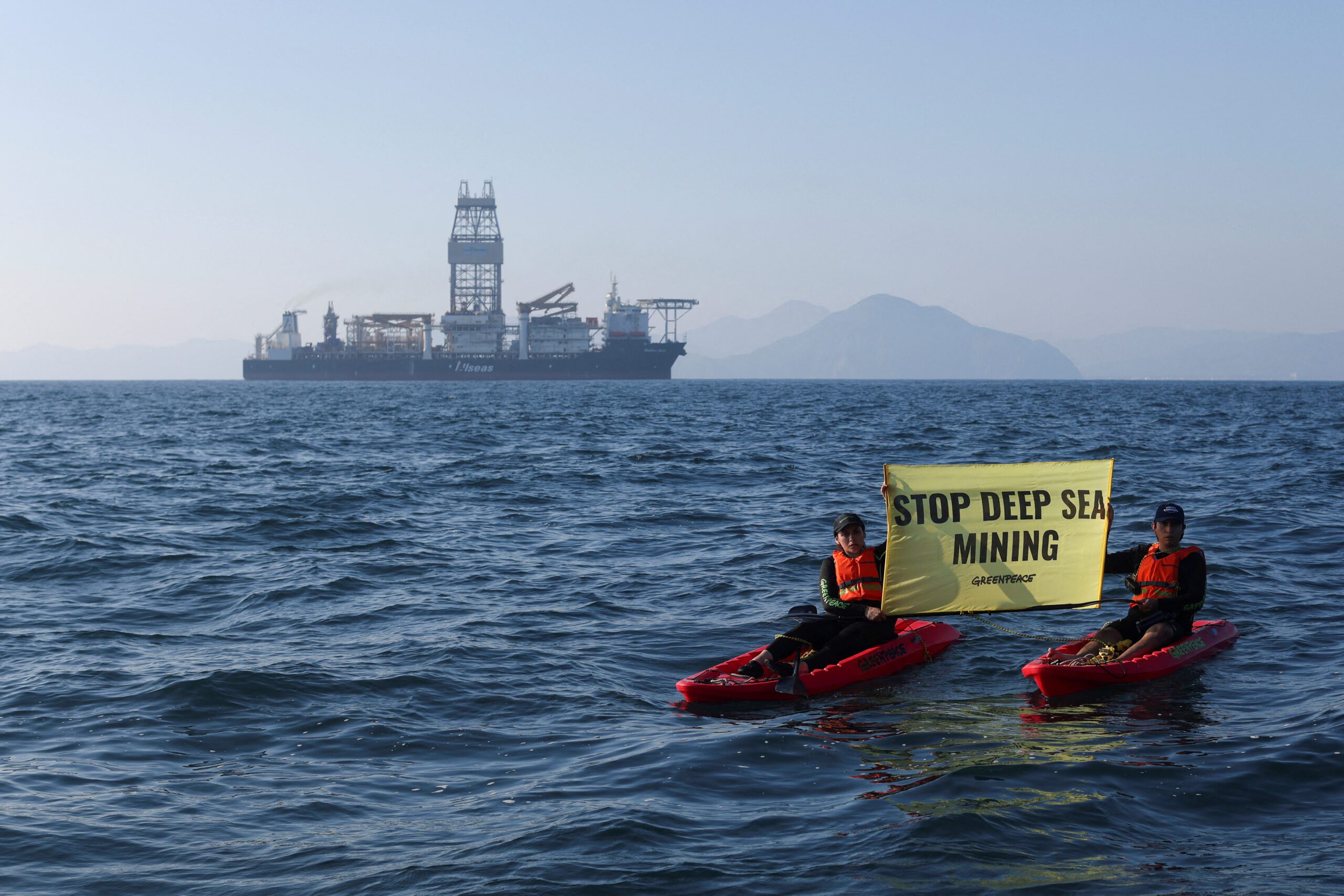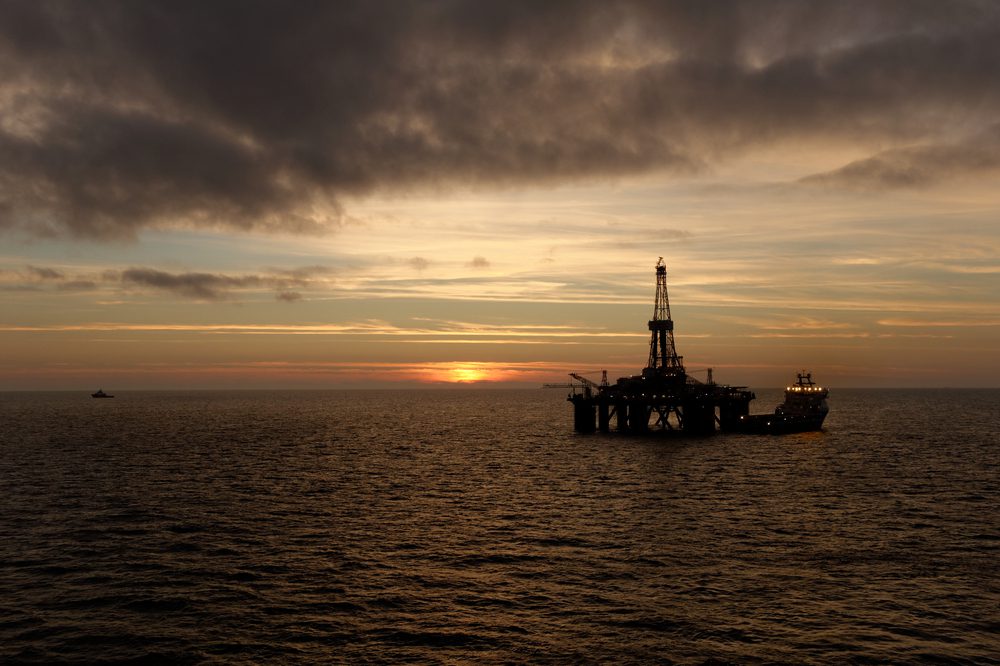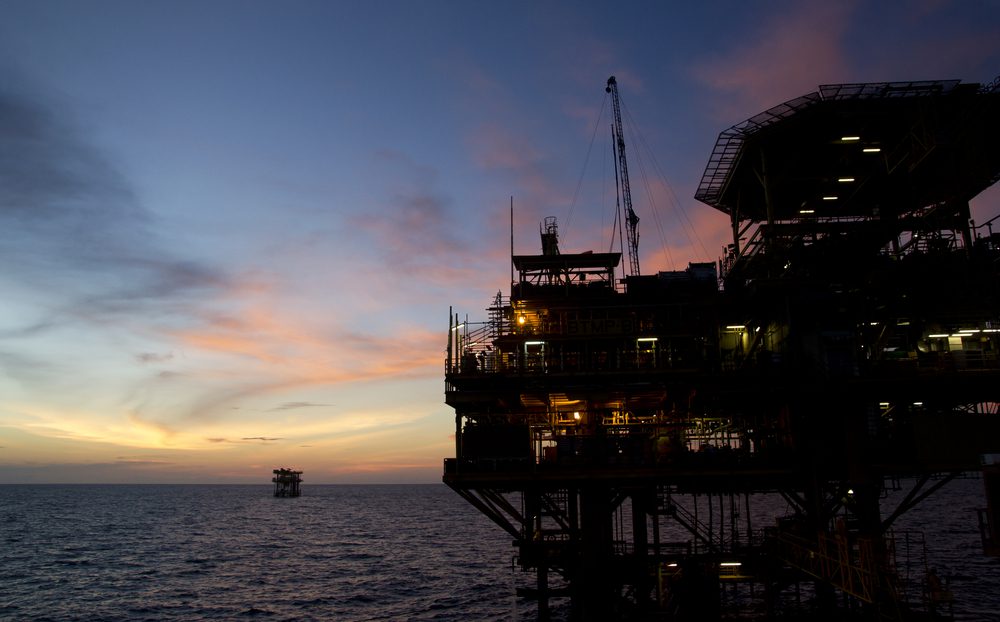Illustration courtesy Equinor
A trio of oil industry majors have made a historic investment decision on a large-scale offshore carbon capture and storage project offshore Norway seen as crucial to combating climate change.
Equinor, Shell and Total announced their decision Friday to invest in the Northern Lights project in in Norway’s first exploitation license for carbon dioxide storage. Initial investments will total almost NOK 6.9 billion (USD 673 million).
The Northern Lights project seeks to capture of CO2 from industrial sources on land and the transporting liquid CO2 by ship and pipeline to an offshore storage location below the North Sea for permanent storage. Storage capacity is initially planned for 1.5 million metric tons of CO2 per year, but it could be ramped up with additional phases of development.
Plans for the project have now been handed over to the Ministry of Petroleum and Energy.
“The Northern Lights project could become the first step to develop a value chain for Carbon Capture and Storage (CCS), which is vital to reach the global climate goals of the Paris Agreement,” says Anders Opedal, executive vice president for Technology, Projects & Drilling at Equinor. “Development of CCS projects will also represent new activities and industrial opportunities for Norwegian and European industries.”
The investment decision concludes the study phase which included engineering studies and project planning, as well as drilling a confirmation well.
The 31/5-7 Eos well is located some 2,500 meters below the seabed south of the Troll field in the Norwegian sector of the North Sea. The purpose of the drilling was to determine the suitability of the reservoir for carbon dioxide storage.
Norway has been looking at carbon capture and storage as a way combating climate change by removing CO2 emissions from industrial sources and storing it permanently underground, so that it is not released to the atmosphere. While the commercial viability of such a large-scale carbon capture and storage is largely unproven, preliminary results have been viewed as positive, according to Equinor.
Northern Lights Phase 1
The Northern Lights project will be developed in phases, with the first phase consisting of establishing capacity to transport, inject and store up to 1.5 million tonnes of CO2 per year. Once the industrial CO2 is captured onshore, it will be transported by ships for injection and permanent storage below the seabed.
The CO2 receiving terminal will be located at the premises of Naturgassparken industrial area in the municipality of Øygarden in Western Norway. The plant will be remotely operated from Equinor’s facilities at the Sture terminal in Øygarden and the subsea facilities from Oseberg A platform in the North Sea.
The facility will allow for further phases to expand capacity.
Investments in subsequent phases will be triggered by market demand from large CO2 emitters across Europe, according to Equinor.
The partners now plan to establish a joint venture company to develop the project further.
The investment decision is subject to final investment decision by Norwegian authorities and approval from the EFTA Surveillance Authority (ESA). Assuming a positive outcome, Phase 1 could be operational as soon as 2024.

 Join The Club
Join The Club











